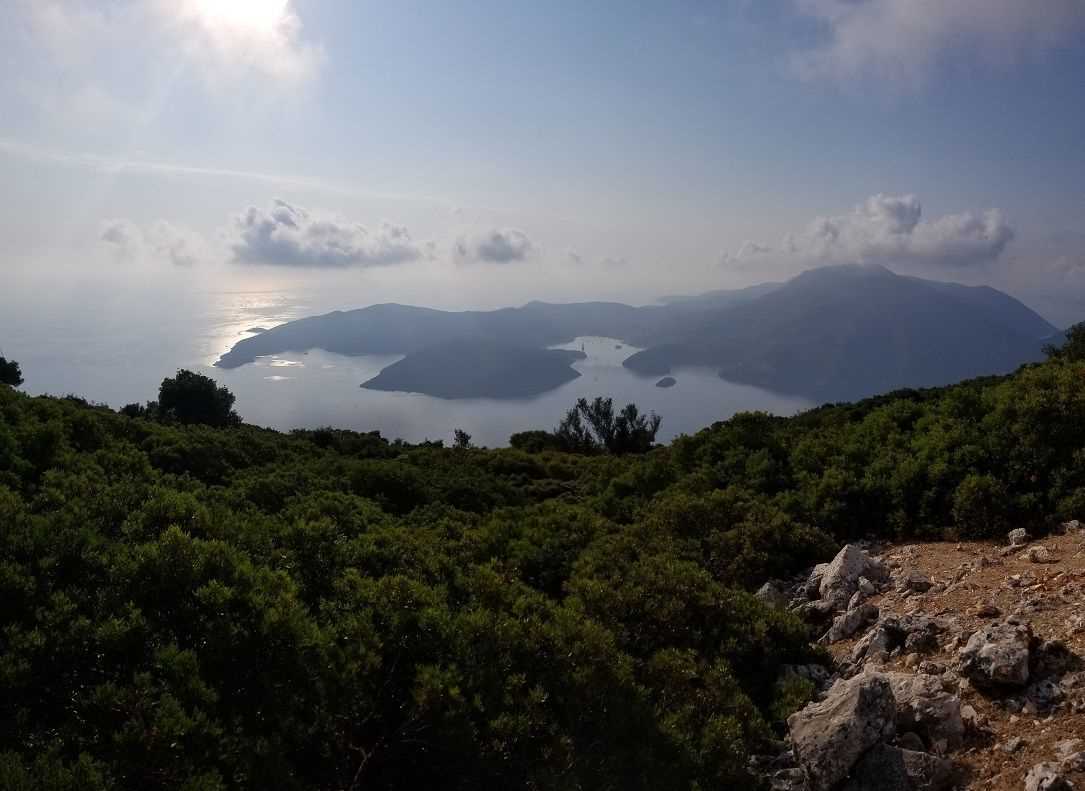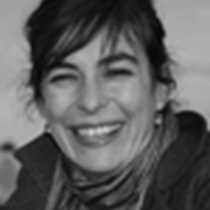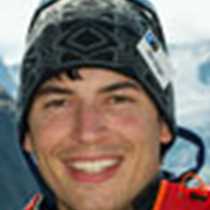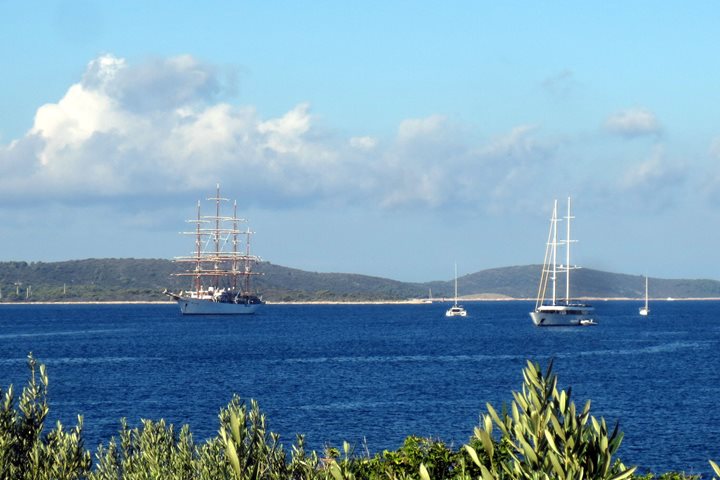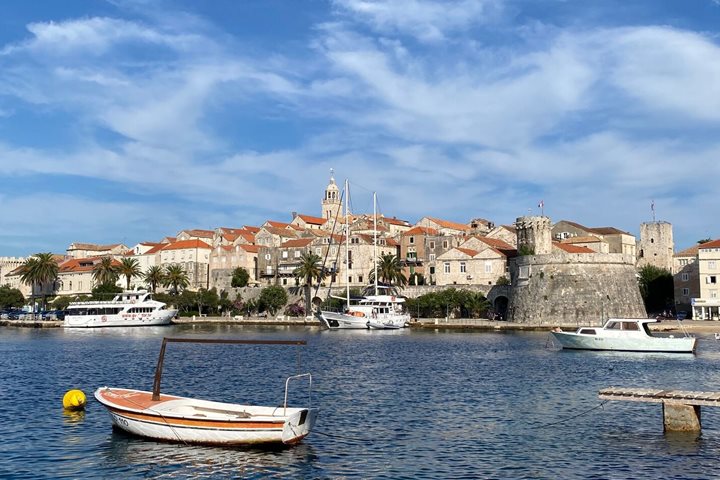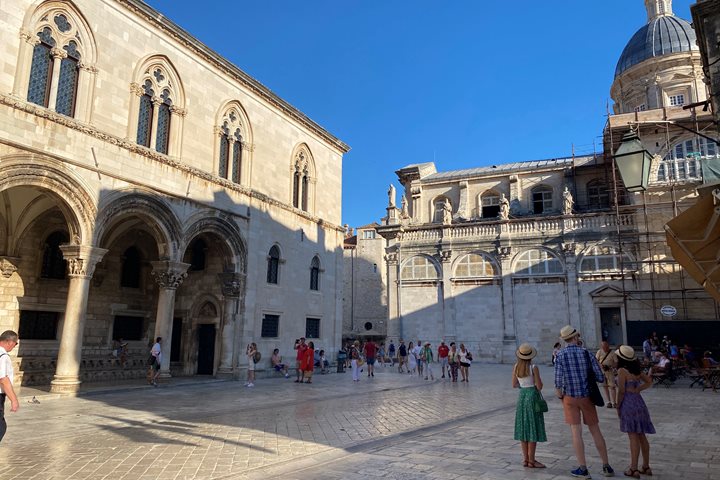Sea Cloud arrived in Ithaca, the second smallest island in the Ionian Sea and home to Odysseus, in the early morning, on a clear, warm day. We tendered ashore where the statue of Odysseus was waiting to welcome us! Ithaca is small and rugged, and still one of the best-kept secrets of the Greek islands. It’s a place with a long maritime tradition. Vathy, the main port and capital, is a small, quiet town hiding in one of the most protected natural bays in Greece, concealed from pirates in the old days and today, from strong winds. It’s a tiny port, but many sailboats prefer it and come to enjoy the sweetness of the land and the legends associated to the cunning king Odysseus or Ulysses, the “man of many devices.”
We drove with our buses along the windy roads of northern Ithaca and Mount Neritos. The landscape was green, full of low vegetation as well as pines, olives, and cypress. We drove past the beach where Odysseus landed after 20 years away from home, fighting in Troy for 10 years, and then wandering in the seas—and in the arms of various women—for another decade. Passing through the rugged landscape among flocks of goats, we made it up to the Monastery of Kathara, founded in 1696. The view from 1,800 feet down to the south and the bay of Vathy was misty but spectacular! Lord Byron had also visited the precincts, but there was very little from the original buildings after the disastrous earthquake of 1953. However, we did see the miraculous icon of the birth of the Virgin Mary in the main church, where the locals were preparing for the major feast celebrating Mary’s birth the following day. There were many festive colorful flags, and lots of cleaning and tidying up. Live music and singing would take place as part of the celebrations.
Our picturesque drive continued through the village of Anogi. A few minutes later, we reached Stavros, the second largest town on the island and home to 250 inhabitants. We stopped in the central plateia (square with the main church), to see Greek kafeneia (cafés), a map of Odysseus’ journey, and a bust of the man himself! Stavros is very close to the ruins of what some archaeologists believe are the ruins of Odysseus’ palace, a thirteenth-century BCE Mycenaean palace complex—possibly the very home to which Odysseus strived to return, while his faithful wife Penelope with her son Telemachus were trying to keep the suitors away from the throne.
After enjoying our Greek and iced coffees, local sweets (ravani, baklava, and kantaifi) and juices, we drove back to Vathy on the steep slopes of the mountain, enjoying spectacular views of the neighboring island Cephalonia, the island immortalized in the novel Captain Corelli’s Mandolin.
Later in the afternoon, our onboard historian gave a lecture on the Fourth Crusade and the problematic history between the Catholic and the Orthodox Church. In the evening, Sea Cloud hosted a tasty Greek barbecue dinner of mousaka, dolmadakia, and loukoumades, followed by stargazing and last but not least, Sea Cloud crew singing shanties for us!

